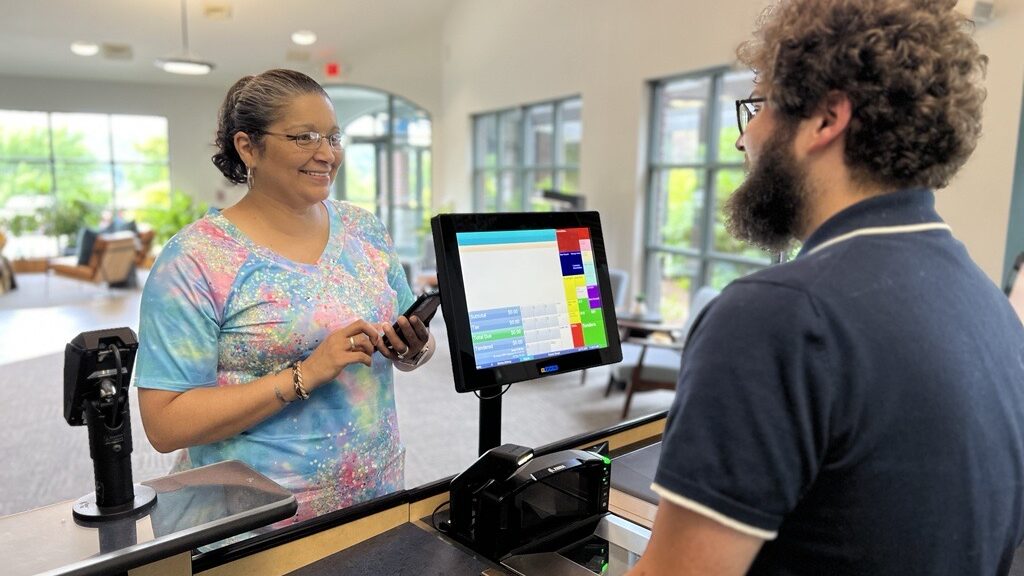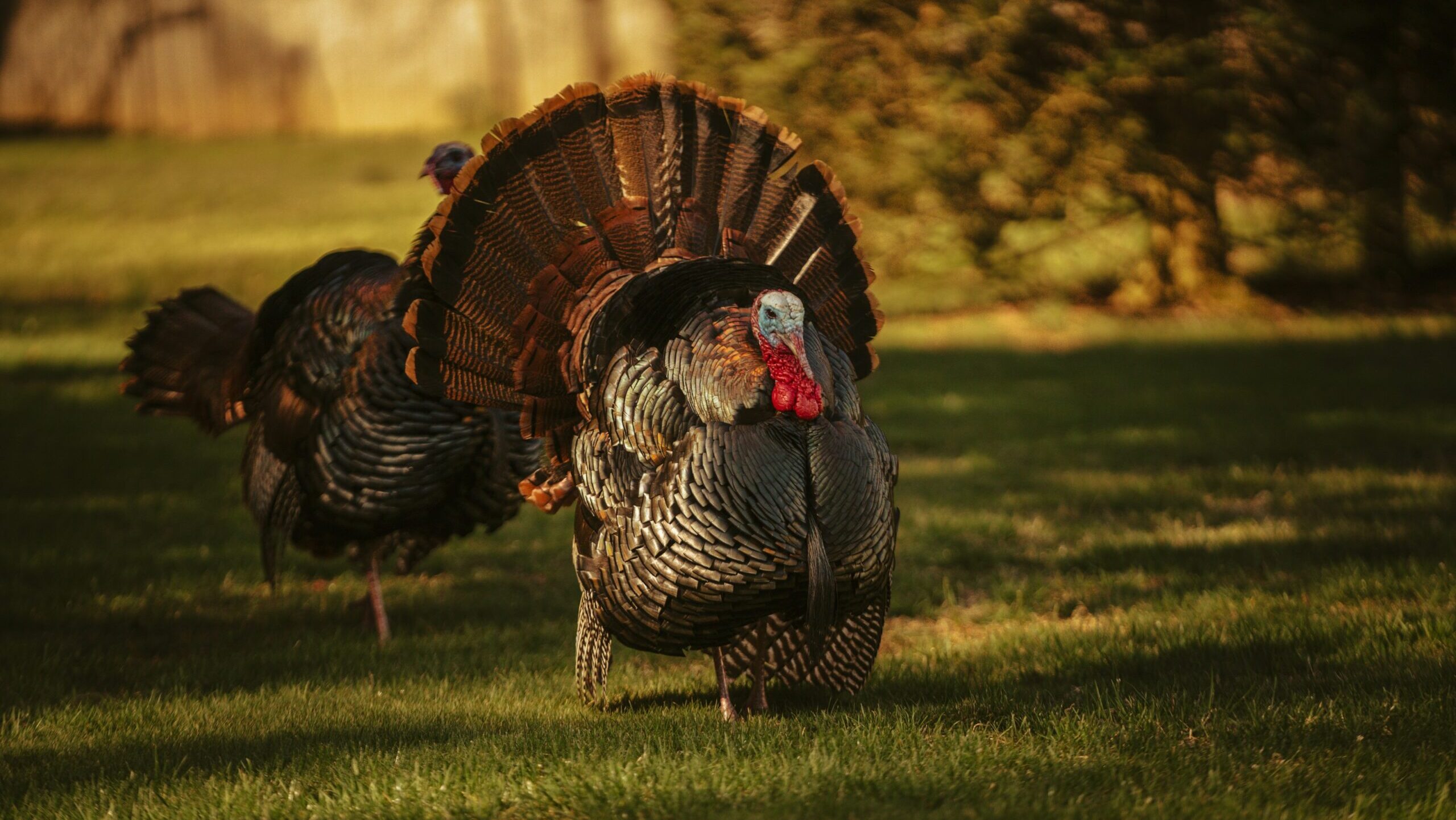As the holiday season approaches and retail projections begin rolling in, food sales look promising. That is, as long as the pandemic and its accompanying labor and supply constraints are kept in check.
Overall, holiday retail sales are likely to increase between 7% and 9% in 2021, according to Deloitte’s annual holiday retail forecast, with e-commerce sales projected to grow by 11-15%.
“We anticipate strong consumer spending for the upcoming holiday season. As vaccination rates rise and consumers are more comfortable being outside of the home, we are likely to see increased spending on services, including restaurants and travel, while spending on goods will continue to hold steady,” said Daniel Bachman, Deloitte’s U.S. economic forecaster.
At the same time, 29% of U.S. consumers plan to spend more on holiday shopping than they did last year, despite unchanged feelings about their own personal financial situations and the state of the economy, according to NPD Group.
With these statistics in mind, what are the prospects for holiday food sales?
Grocery
On the grocery front, 34% of shoppers surveyed said they’d spend more—21% only “a little more”—on holiday groceries in 2021 versus last year, according to retail solutions platform Field Agent.
Field Agent also cited Walmart (65%) and Target (38%) as the top two retailers where consumers will purchase most of their holiday foods, snacks, and beverages. Asked which foods/beverages will be served in households for Christmas Eve/Day, chocolate candy (74%), freshly-baked cookies (73%), soda (69%), and chips (68%) hold the top positions.
Restaurants
In the first half of 2021 industry trends were positive, but there is still a long path to recovery. A National Restaurant Association survey conducted over the summer found that the delta variant threatens the gains made earlier this year.
“The trends from the first half of the year are promising, but a lot of uncertainty remains in regard to the delta variant, consumer confidence, and ongoing labor challenges,” said Hudson Riehle, Senior Vice President of Research for the National Restaurant Association. “We expect restaurant pent-up demand will remain high in the coming months. However, in this state of flux, maintaining the availability of on-site dining with few capacity restrictions will be critical to keeping the overall sales momentum going forward, especially for full-service operators.” (Vending Market Watch, Sept. 7)
Specialty foods
According to the Specialty Foods Association (SFA), sales hit $170.4 billion in 2020 and continue to grow this year with more consumers buying across more categories.
“We see this continuing for the holiday season,” SFA said in an e-mailed statement to The Food Institute. “Consumers had to embrace cooking and eating at home more in the past year and a half and while they are eager to resume dining out, our research suggests that they won’t abandon the cooking skills they learned or refined.”
SFA also noted that early reports indicate that specialty foods as gifts and stocking stuffers will be popular this season because consumers have been cooking at home. Some categories, like olive oils, pastas, vinegars, seasonings and sauces, have been among those enjoying a sales boost during the pandemic, and they fit the food-gift category nicely.












